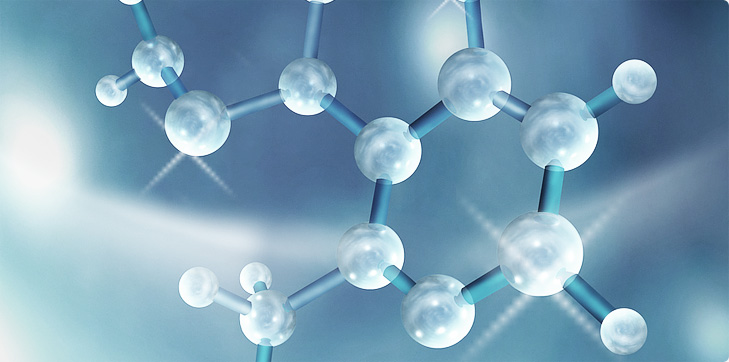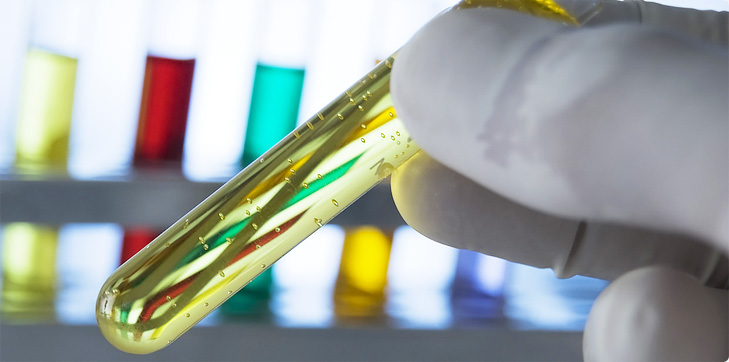About Us
Executive Editor:Publishing house "Academy of Natural History"
Editorial Board:
Asgarov S. (Azerbaijan), Alakbarov M. (Azerbaijan), Aliev Z. (Azerbaijan), Babayev N. (Uzbekistan), Chiladze G. (Georgia), Datskovsky I. (Israel), Garbuz I. (Moldova), Gleizer S. (Germany), Ershina A. (Kazakhstan), Kobzev D. (Switzerland), Kohl O. (Germany), Ktshanyan M. (Armenia), Lande D. (Ukraine), Ledvanov M. (Russia), Makats V. (Ukraine), Miletic L. (Serbia), Moskovkin V. (Ukraine), Murzagaliyeva A. (Kazakhstan), Novikov A. (Ukraine), Rahimov R. (Uzbekistan), Romanchuk A. (Ukraine), Shamshiev B. (Kyrgyzstan), Usheva M. (Bulgaria), Vasileva M. (Bulgar).
Chemical sciences
Series of the rhombic solid solutions of substitution in (NH4)1-xRbxNO3 system: Pmmn (z=2, 0<x<0,06), P21212 (z=2, 0,06<x<0,24), Fdd2 (z=32, 0,37<x<0,50), Pmm2 (z=32, 0,50<x<0,56) was experimentally and theoretically studied (table 1) [1-3]. The cyclic character of the alteration of structural disordering characteristics (positional and orientation) into both cationic and anionic sub-lattices of the rhombic structures by changing of composition of the solution was fixed [3,4]. The phase disordering state in solutions system (NH4)1-xRbxNO3 - availability of the next morphotropic regions (P21212+Fdd2, 0,25<x<0,36) and (Fmm2+P31m, 0,57<x<0,81) was experimentally discovered [3,4].
Table 1. Characteristics of the (NH4)1-хRbхNO3 solid solutions
|
Interval of the х values |
Modeling results |
Experimental space group of symmetry |
Occupied Wickov's positions |
|
0 - 0,06 |
Pmmn(z=2)* |
Pmmn(z=2) |
NH4+,Rb+ - 2(a), NO3- - 2(a) |
|
0,06 - 0,24 |
Pmn21(z=2), P21212(z=2), P21/m(z=2), P21(z=2), P2(z=2), Pmm2(z=2), |
P21212(z=2) |
NH4+,Rb+ - 2(b), NO3- - 2(a) |
|
0,37 - 0,50 |
Fdd2(z=32)*, Fddd(z=32), F222(z=32), Fmmm(z=32), Fmm2(z=32) |
Fdd2(z=32) |
NH4+ - 2.8(a), Rb+, NH4+ - 2.8(a), NO3- - 2.16(b) |
|
0,50 - 0,56 |
F222(z=32), Fmmm(z=32), Fmm2(z=32) |
Fmm2(z=32) |
NH4+,Rb+ - 16(c), Rb+ - 16(c), NO3- - 2.16(c) |
|
0,82 - 0,98 |
P31m(z=9)* |
P31m(z=9) |
Rb+,NH4+ - 1(a) +2(b)+2.3(c), NO3- - 2.1(a)+2.2(b)+3(c) |
|
0,98 - 1,00 |
P31(2)12(z=9), P3(z=9), P31(2)(z=9) |
P31(2)12(z=9) |
Rb+, NH4+ - 3.3(a), NO3- - 3.3(b) |
Series of the rhombic solid solutions of substitution in (NH4)1-xCsxNO3 system: Pmmn (z=2, 0<x<0,02), Pmn21 (z=2, 0,02<x<0,04), Pccn (z=8, 0,11<x<0,18), Pmna (z=8, 0,18<x<0,25) and Pnna (z=8, 0,26<x<0,34) was experimentally and theoretically studied, too (table 2) [1, 2, 4, 5]. The cyclic character of the alteration of structural disordering characteristics (positional and orientation) into both cationic and anionic sublattics of the rhombic structures by changing of composition of the solution was fixed, too [5]. The phase disordering state in solutions system (NH4)1-xCsxNO3 - availability of the next morphotropic regions (Pmn21+Pccn, 0,05<x<0,10) and (Pnna+P31m, 0,35<x<0,75) was experimentally discovered [4, 5].
Table 2. Characteristics of the (NH4)1-хCsхNO3 solid solutions
|
Interval of the х values |
Modeling results |
Experimental space group of symmetry |
Occupied Wickov's positions |
|
0 - 0,02 |
Pmmn(z=2)* |
Pmmn(z=2) |
NH4+,Cs+ - 2(a), NO3- - 2(a) |
|
0,02 - 0,04 |
Pmn21(z=2), P21212(z=2), P21/m(z=2), P2(z=2), P21(z=2), Pmm2(z=2), Pm(z=2) |
Pmn21(z=2) |
NH4+, Cs+ - 2(a), NO3- - 2(a) |
|
0,11 - 0,18 |
Pccn(z=8)*
|
Pccn(z=8) |
NH4+, Cs+ - 8(e), NO3- - 4(c)+4(d) |
|
0,18 - 0,25 |
Pnnm(z=8), Pmma(z=8), Pnna(z=8), Pmna(z=8)* |
Pmna(z=8) |
Cs+ , NH4+ - 2(a)+2(d) NH4+ - 4(h), NO3- - 8(i) |
|
0,26 - 0,34 |
Pnnm(z=8), Pmma(z=8), Pnna(z=8) |
Pnna(z=8) |
Cs+ , NH4+ - 4(b), Cs+ - 4(a), NO3- - 8(e) |
|
0,75 - 0,98 |
P31m(z=9)* |
P31m(z=9) |
Rb+,NH4+ - 1(a) +2(b)+2.3(c) NO3- - 2.1(a)+2.2(b)+3(c) |
|
0,98 - 1,00 |
P31(2)12(z=9), P3(z=9), P31(2)(z=9) |
P31(2)12(z=9) |
Rb+, NH4+ - 3.3(a), NO3- - 3.3(b) |
The formation facts of the rhombohedral phases into morphotropic regions as a result of disintegration of the corresponding solid solutions are leads to auto homogeneous of the phases mixture in volume of the samples and to properties improvement of the (NH4)NO3 contained solid solutions as a components of the high-energetically condensed systems [1, 2, 4, 6].
2. Deimlihg A., Engel W., Eisenreich N. Phase transition of ammonium nitrate doped with alkali nitrates.// J. Therm. Anal.,1992. – V.38, N.4. – P.843-853.
3. Ivanov V.V. Structural modeling of the (NH4)1-xRbxNO3 solid solutions // Mezhdunarodnyj zhurnal prikladnyh i fundamental’nyh issledovanii. 2015. - №8 (Part 5). – С.892-895.
4. Ivanov V.V. Combinatorial modeling of the probable structures of inorganic substances. – Rostov on the Don: Izd-vo SKNC VSh, 2003. – 204 с.
5. Ivanov V.V. Structural modeling of the (NH4)1-xCsxNO3 solid solutions // Mezhdunarodnyj zhurnal prikladnyh i fundamental’nyh issledovanii. 2015. - №8 (Part 5). – С.889-891.
6. Ivanov V.V. Principles of the structural states forming from nano-dimensional components with account of the qualities of the corresponding nano-objects set // Uspehi sovrem. estestvoznaniya, 2014. - №.7. – С.96-99.
Ivanov V.V. STRUCTURAL MODELING OF THE SOME (NH4)NO3 CONTAINING SOLID SOLUTIONS. International Journal Of Applied And Fundamental Research. – 2015. – № 2 –
URL: www.science-sd.com/461-24910 (15.12.2025).











 PDF
PDF